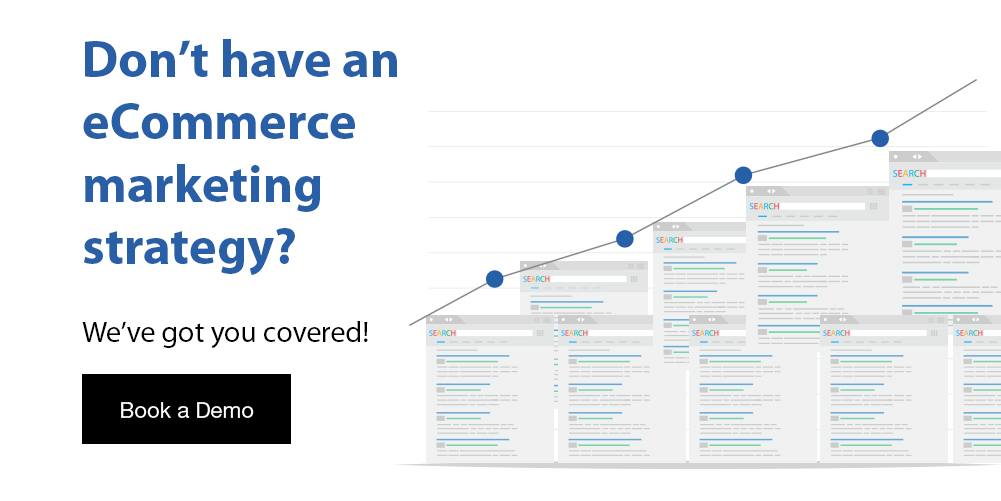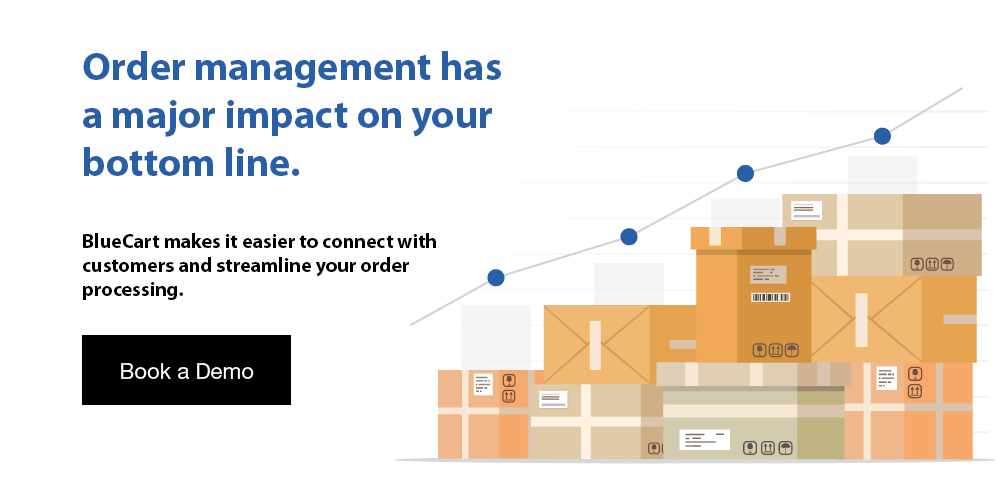As a business owner in the 21st century, the main goal is to get your products into the hands of your customers and build business resilience. This is possible at a brick and mortar location or through an online or eCommerce store. However, when dealing with multiple marketplaces, one thing you have to look out for is overselling.
Common marketplaces include selling through your own website or eCommerce marketplaces such as Etsy, Amazon, or eBay. These marketplaces allow you to expand your customer base and reach a wider range of people.
However, this opportunity also increases the risk of overselling. This blog post covers the overselling definition and how to prevent it.

Overselling Definition
The overselling definition in a retail sense refers to selling more items than you have on hand. A store or website may display products as available when they aren’t which will cause you to cancel the order after it has been submitted.
In the restaurant industry, overselling is also referred to as overbooking. Overbook is a strategy that many restaurants use to increase their chances of filling all their tables. It is the act of intentionally reserving more bookings than there are available tables.
Many restaurants do this when they expect people won’t show up to their reservation. The strategy of overbooking is best used by restaurants with flexible cover capacities and table policies. This refers to restaurants that partly accept reservations and walk-ins.
Key Takeaway: Overselling can lead to customers second-guessing whether they want to do business with you again in the future. This is why it’s best to avoid overselling as much as possible.
What Causes Overselling?
Overselling occurs when a company sells more than what they have and this can be either intentional or accidental. For example, airlines are known for overselling seats on their planes.
This commonly occurs because people often end up canceling their flights last minute. If those customers cancel their flight with a refundable ticket, the airline runs the risk of missing out on that revenue. However, if they oversold the flight by selling two tickets for the same seat, the airline would avoid missing out on the revenue.
There are also cases when overselling occurs accidentally. This is common if products are miscounted which can often occur with holiday inventory. For example, inventory records might show there are 15 items when there are really 14. If 15 people place an order for that item, one customer will be left with an unfulfillable order due to the lack of items.
Even when inventory items are properly counted, overselling may occur due to inventory records not syncing fast enough. This may happen if there are different locations or online outlets for the same inventory. It’s also possible that overnight orders may not reflect on inventory counts until the morning.
Inaccurate Inventory Data
The difference between the inventory amounts that were recorded and the amount of physical inventory is called inventory record inaccuracy (IRI). When it comes to retail, IRI may lead to a loss in revenue and gross profit.
Overselling may occur due to the lack of real-time inventory updates. It’s possible that some retailers might use manual inventory management methods or inventory tracking without software.
Human errors are more common with manual inventory methods, especially when the business is dealing with large volumes of inventory across multiple channels. This can cause discrepancies between the recorded and actual stock.
Disconnected Online and Offline Inventory
When opening a business, it’s possible for you to only have a single sales channel and warehouse. As you grow your business, it’s likely that the number of physical and digital channels through which you sell will grow. This will also increase the number of warehouses you decide to work with.
In this case, you will have to maintain accurate inventory across all of your channels. Without order management software, order processing through multiple warehouses and managing orders may be difficult.

6 Ways To Prevent Overselling
Most businesses will want to prevent overselling. There are multiple ways to do so for retail businesses.
Six ways to prevent overselling include:
1. Utilize Inventory Management Software
In order to keep your inventory on track, you may want to invest in inventory management software. This includes restaurant inventory management software and multichannel inventory management software.
Small businesses tend to utilize manual inventory management practices which often result in oversold items and unsatisfied customers. However, with inventory software, you can benefit your business.
Inventory management software allows you to do the following:
- Track stock
- Automate purchase orders
- Sync stock data in real-time
- Set stock alerts and reorder points
- Get access to inventory reports
The latest inventory management software gives businesses insight into their inventory, inventory storage methods, and how it moves through the supply chain. This includes the food supply chain if you’re in the restaurant industry.
2. Organize Your Stockroom
It’s common for a stockroom to get messy and disorganized because it’s a place that customers don’t have access to. However, a disorganized stockroom may lead to overselling due to inaccurate inventory counts.
Organizing your stockroom will allow you to keep up with the true count of your items. This way, you can easily fulfill customer orders and avoid overselling.
3. Perform Regular Inventory Audits
Inventory audits are a must for any business. They help businesses ensure that their physical inventory accurately reflects what is recorded in their inventory management system. It is also useful for planning safety stock, demand planning, and inventory forecasting.
4. Set Reorder Points
The reorder point is a signal you get when it’s time to reorder a certain product in your inventory. This allows you to restock your inventory before you sell out and avoid overselling.
Most reorder points are expressed as quantities, such as 20 cucumbers. When your inventory falls below that level, you can set up your inventory management software to automatically reorder more.
5. Unify Inventory Across All Marketplaces
It’s possible to use a POS system to unify your inventory. This is a way for you to sync your sales channels including eCommerce, retail store, and warehouse channels, and your backend operations, so you stay up to date with your inventory.
This unification provides visibility into what items are in stock and which aren’t. It’s also possible to order and move inventory based on current demand and maintain prices across all channels.
6. Improved Forecasting
Demand forecasting provides businesses with an estimate of how much inventory they will sell. Predicting the future is tough and nothing is guaranteed. However, there are demand forecasting methods that will provide you with insight into the following:
- How often you should restock certain products
- How much inventory of each item you should have on hand
- The number of employees you need on a certain day and hour
The combination of historical sales data and market trends makes it possible for you to calculate potential demand. This way, you can prepare your inventory and supply chain for seasonality, including restaurant seasonality, and avoid overselling, underselling, and phantom inventory. You may also want to pay attention to days inventory outstanding.

Frequently Asked Questions About Overselling
Overselling items on a regular basis can have people second guess whether they want to purchase from you again. Even if you restock those items in the future, overselling may ruin your reputation. This can be bad for customer retention.
If you want to learn more about the overselling definition and how to avoid it for your business, read the following commonly asked questions.
What Is Overselling in eCommerce?
Overselling in eCommerce refers to when your business sells more items than what is actually available. This often happens when you have multiple sales channels or inventory management software that doesn’t update in real-time or communicate with each channel.
How Can We Stop Overselling?
To stop overselling, businesses may consider ordering more inventory once items reach a certain level. The standard ordering level is the minimum number of items you want to have on hand. This number is often based on how often you use or sell such items. You may also consider calculating the weighted average cost of your inventory, using centralized inventory methods, and an inventory scanner.
What Is Upselling?
Upselling is a sales and marketing strategy that refers to offering higher-end products or services to customers than what they originally intended to purchase. This is a strategy that is often used with cross-selling.